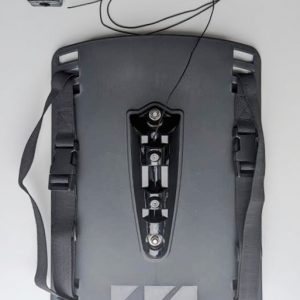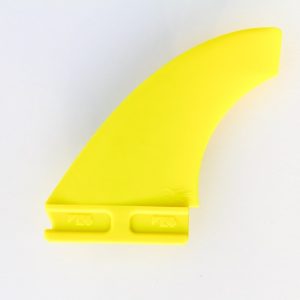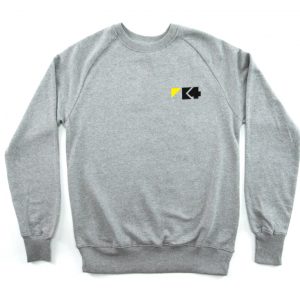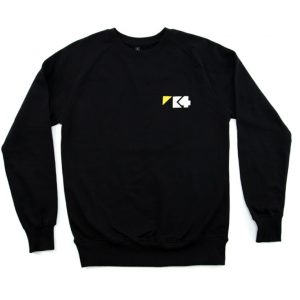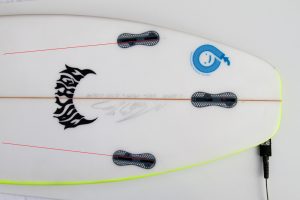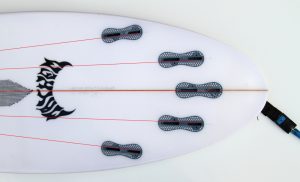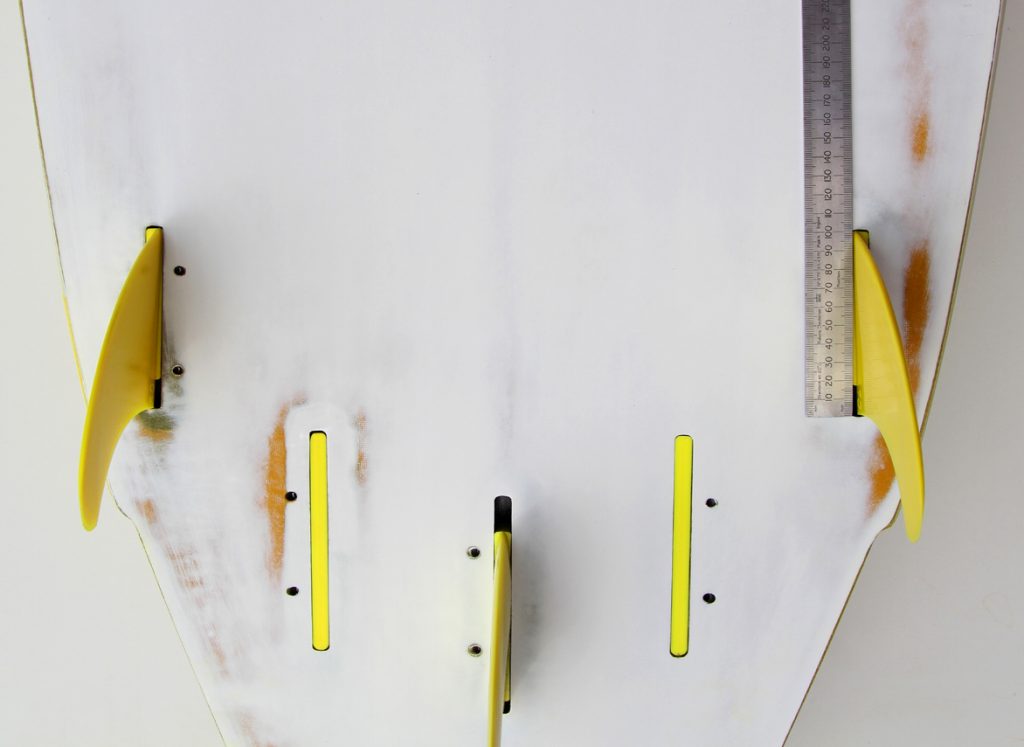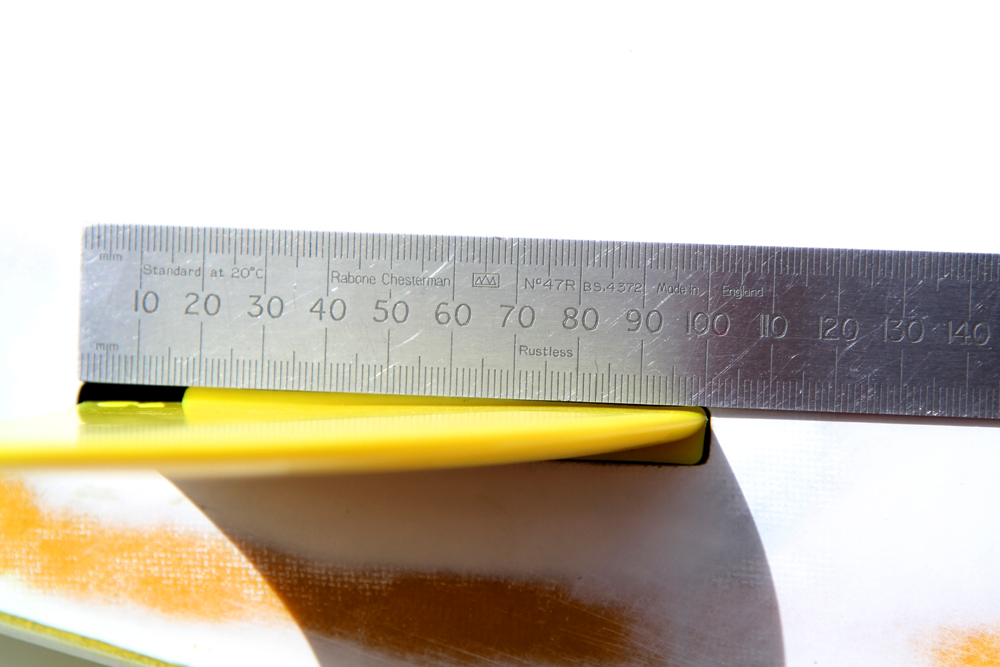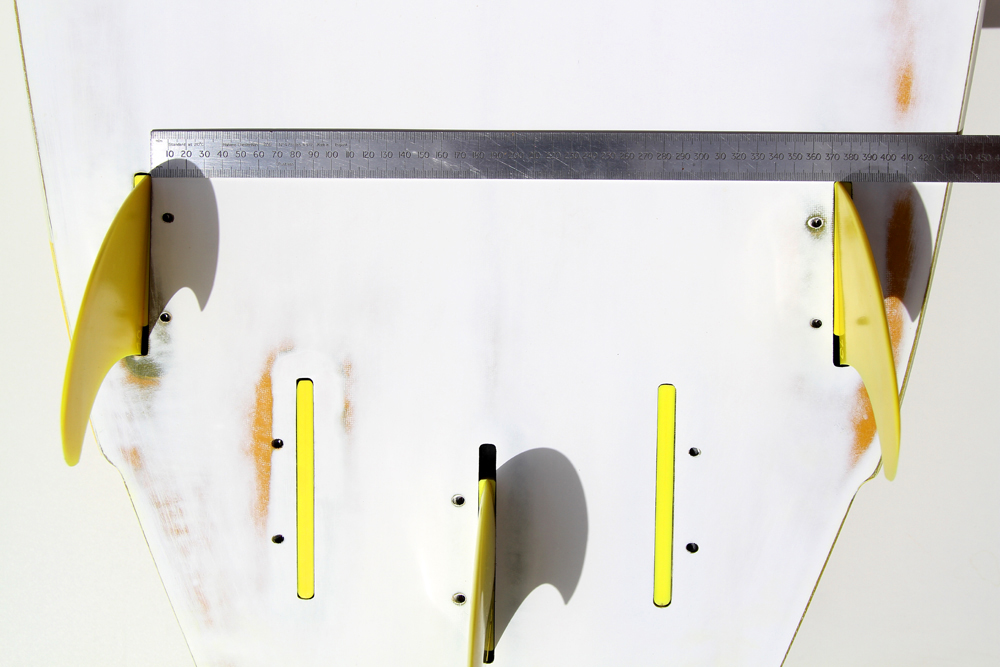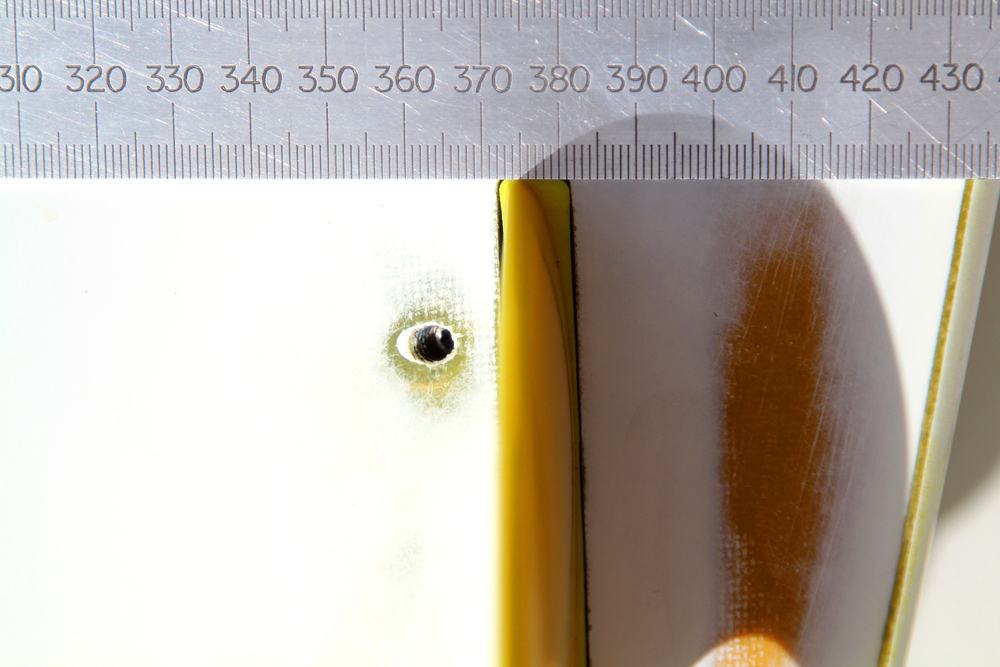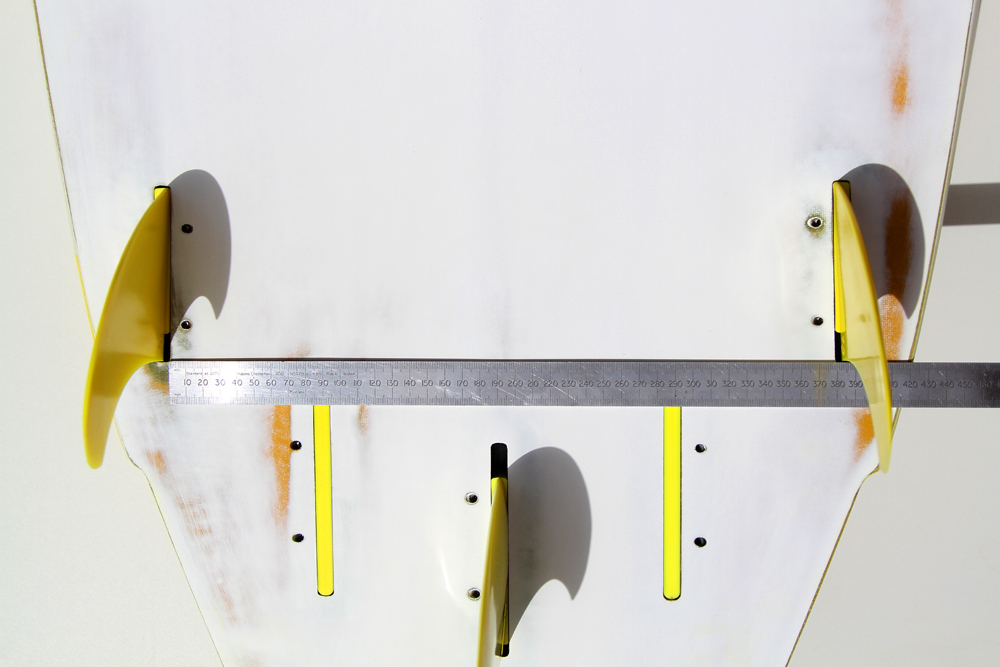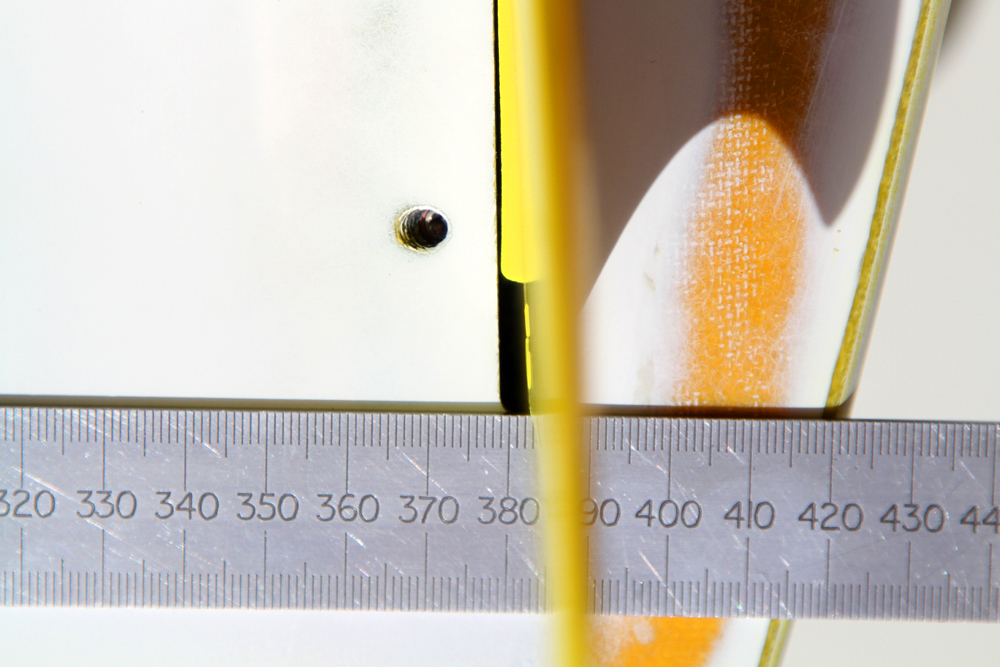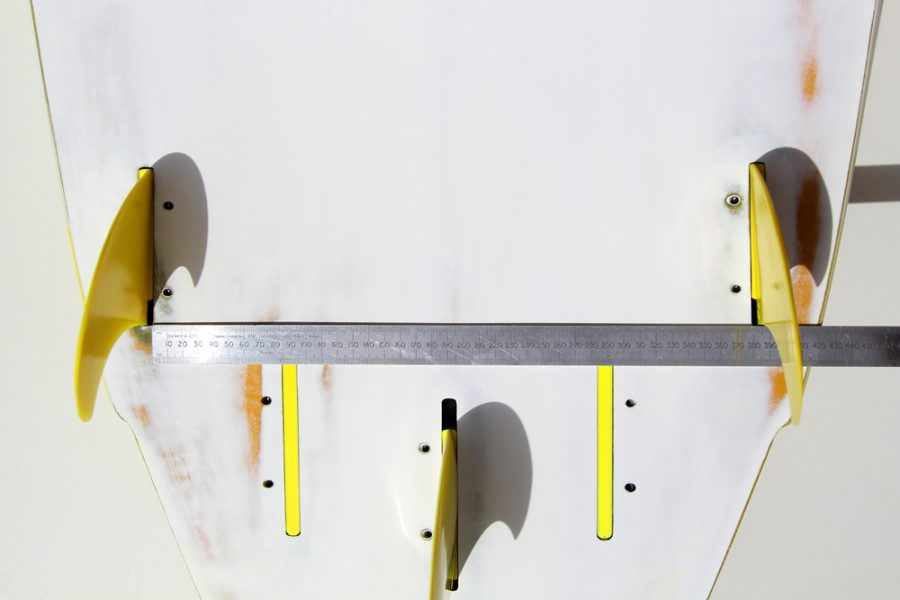
Definitive toe-in guide…
Toe in. Surfboards have always had plenty of it, the fins generally pointing at the nose or just past it.
WHY TOE IN?
- Even in a straight line the flow under the board is not parallel, but tries to squirt out the sides.
- The board will be looser and more responsive.
- Initiating and during a turn the toe angle helps the board…
“A well-toed fin will tip the board into a turn on that board’s best natural angle. That’s usually somewhere in the back third of the board, where outline and rocker combine to provide you with plenty of curve to accomplish a turn easily.
A straighter fin will tip the board so that the nose is a little lower and the tail a little higher, thus running the turn through a little further up the rail line. A lot of the time this makes the board feel train-tracky, since the outline and rocker through the middle of a board is usually a fair bit straighter than it is in the back end. Most surfers will find they fight a board that tips on to the mid rail.
Typically most thrusters perform well with a rail fin toe-in of around 3.5 to 4 degrees. That seems to tip most boards at a comfortable angle and engage the back third nicely. But depending on the board you can get some great results shifting a degree or more off that line either way.” Nick Carrol.
HOW MUCH TOE IN?
Symmetrical windsurf front fins are best with around 1-1.5º toe in.
Asymmetrical fins like more, around 2.5-3.5º. (An asymmetrical fin will pull to one side if running ‘straight’ so has extra angle to run ‘neutral’ without creating lift/drag)
If you’re using a quad fin board with straight (parallel) rear boxes you will need to use the lower values of front toe. The water flow will struggle with 3º fronts with 0º rears fins/boxes so close together and the board won’t have a ‘best natural angle’.
MEASURING HOW MUCH TOE-IN YOUR BOXES HAVE…
Step 1. Measure the length of your box. In this case it’s a 10cm Slot box.
Step 2. Measure the span between the front ends. In this case 37.2cm (372mm).
Step 3. Measure the span between the back ends. In this case 37.9cm (379mm).
Step 4. Calculate the toe-in per side. You can use this quick table to approximate at a glance for 10cm long boxes..
DIFF 0mm – TOE 0º
DIFF 1.75mm – TOE 0.5º
DIFF 3.5mm – TOE 1.0º
DIFF 5.25mm – TOE 1.5º
DIFF 7.0mm – TOE 2.0º
So my board has a difference of 7mm, giving boxes with 2º of toe in.
For a slightly more accurate calculation you can use the K4 Fins toe-in calculator…
SELECTING THE BEST EZZY FIN FOR YOUR BOARD…
The EZZY ASYMMETRIC FINS come with 1,2 or 3º of additional toe built into the head. So if your board is a thruster with straight front boxes (0º toe) you’ll be best with the +3º Ezzy fins. If it has 1º boxes you’ll be best with the +2º fins. Slightly more overall toe-in will still be ok, the board will feel looser but a little less drivey. You won’t notice any extra drag, it’ll be less noticeable than a little extra rocker.
For quads, as mentioned previously you need to align a little more with the rears, so an angle of around 2.5º is preferred. Of course you can actually use toe’d in rear asymmetric fins and the full 3º+ fronts, but personally I find this a little too loose! The turns can be crazy though.

